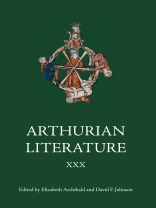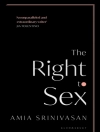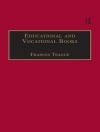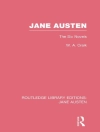Arthurian Literature has established its position as the home for a great diversity of new research into Arthurian matters. It delivers fascinating material across genres, periods, and theoretical issues. TIMES LITERARY SUPPLEMENT
The richness and interdisciplinarity of the Arthurian tradition are well represented by the essays collected here, which range from early Celtic texts to twentieth-century children’s books, and include discussion of Welsh, Irish, English, French and Latin material in both literary and historical contexts. Many of the articles focus on less well-known late medieval versions of the legend, a somewhat neglected area until recently: an Irish Grail narrative, the Burgundian prose
Erec, the enormous prequel
Perceforest,
Ysaïe le Triste,
Le Conte du Papegau, and Froissart’s
Mélyador (the last three discussed as exercises in nostalgia). Meanwhile, anotherchapter approaches
Sir Gawain and the Green Knight from the perspective of forest ecology.
The contributions represent expanded and revised versions of selected papers given at the XXIIIrd Triennial Congress of the International Arthurian Society held in Bristol in July 2011; they include two of the plenary lectures, one on ’Celtic Magic’ and one on the reception of Geoffrey of Monmouth in the eighteenth and nineteenth centuries.
Elizabeth Archibald is Professor of English Studies at Durham University, and Principal of St Cuthbert’s Society; David F. Johnson is Professor of English at Florida State University, Tallahassee.
Contributors: Richard Barber, Nigel Bryant, Aisling Byrne, Carol J. Chase, Siân Echard, Helen Fulton, Michael W. Twomey, Patricia Victorin.
Innehållsförteckning
Magic and the Supernatural in Early Welsh Arthurian Narrative:
Culhwch ac Olwen and
Breuddwyd Rhonabwy – Helen Fulton
How Green was the Green Knight? Forest Ecology at Hautdesert – Michael W. Twomey
Edward III’s Arthurian Enthusiasms Revisited:
Perceforest in the Context of Philippa of Hainault and the Round Table Feast of 1344 – Richard Barber
Pagan Gods and the Coming of Christianity in
Perceforest – Nigel Bryant
Malory’s Sources for the
Tale of the Sankgreal: Some Overlooked Evidence from the Irish
Lorgaireacht an Tsoidigh Naomhtha – Aisling Byrne
’Transmuer de rime en prose’: The Transformation of Chrétien de Troyes’s Joie de la Cour episode in the Burgundian Prose
Erec [1450-60] – Carol Chase
La Rétro-écriture ou l’écriture de la nostalgie dans le roman arthurien tardif:
Ysaïe le Triste,
Le Conte du Papegau et
Mélyador de Froissart – Patricia Victorin
Remembering Brutus: Aaron Thompson’s
British History of 1718 – Sian Echard
Om författaren
RICHARD BARBER has had a huge influence on the study of medieval history and literature, as both a writer and a publisher. His first book on the Arthurian legend appeared in 1961, and his major works include The Knight and Chivalry (winner of the Somerset Maugham Award in 1971), Edward Prince of Wales and Aquitaine, The Penguin Guide to Medieval Europe and The Holy Grail: the History of a Legend which was widely praised and was translated into six languages.












